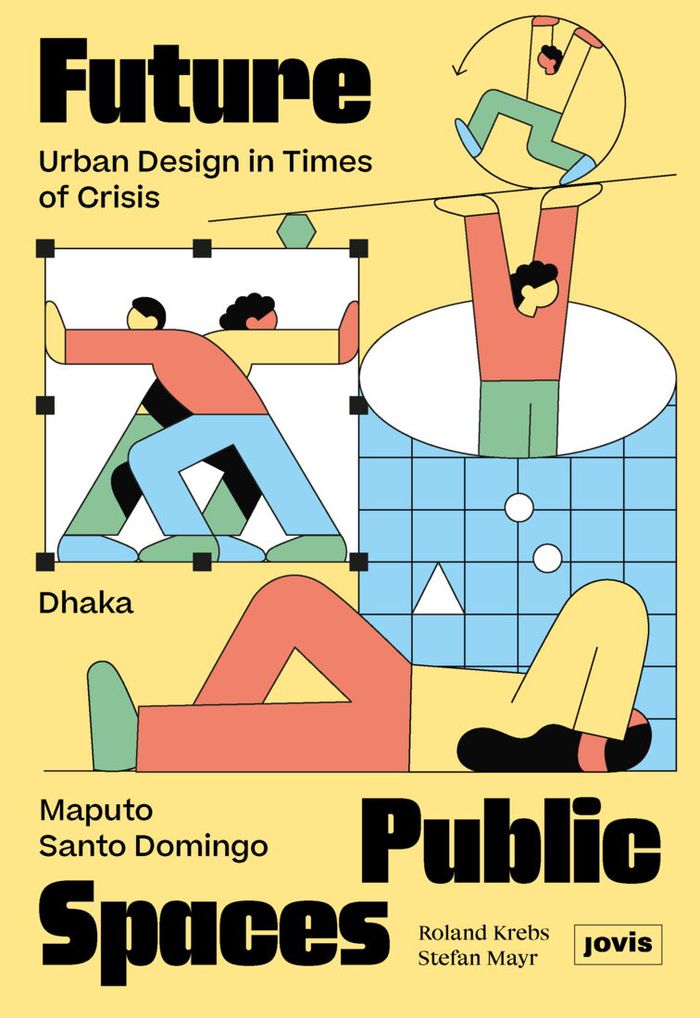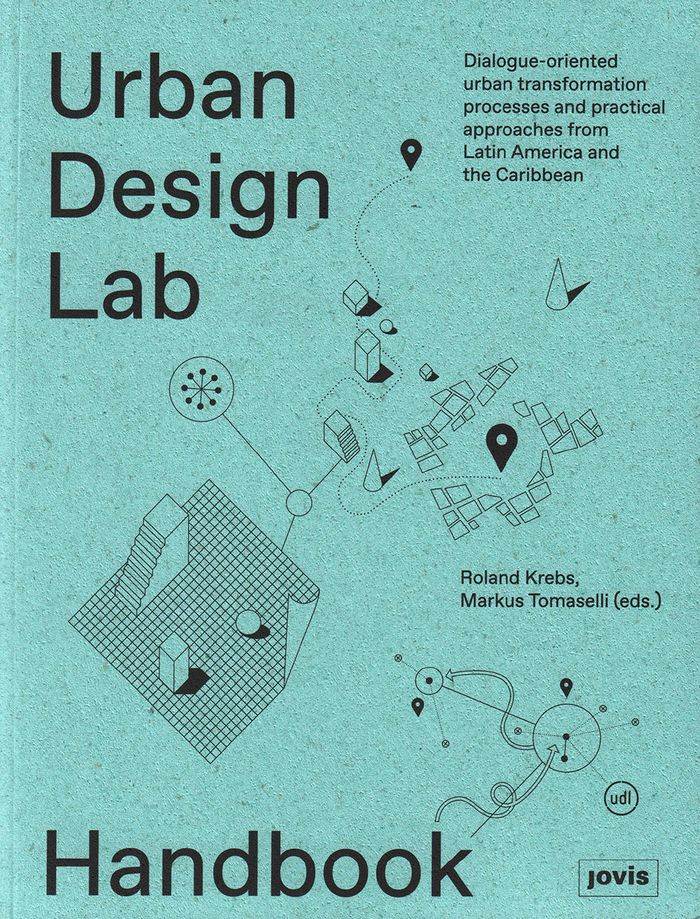$76.50
(disponible en magasin)
Résumé:
What is required to renew and articulate public spaces? The need for, and demands of, public spaces are highly specific to the local spatial and social conditions under which people live. Action at neighborhood level is crucial, and must involve interacting and co-creating with residents to discover their needs. At the start of the pandemic, superwien was commissioned to(...)
Future public spaces: Urban design in times of crisis
Actions:
Prix:
$76.50
(disponible en magasin)
Résumé:
What is required to renew and articulate public spaces? The need for, and demands of, public spaces are highly specific to the local spatial and social conditions under which people live. Action at neighborhood level is crucial, and must involve interacting and co-creating with residents to discover their needs. At the start of the pandemic, superwien was commissioned to develop innovative designs for urban public spaces in three different cities: Dhaka (Bangladesh), Maputo (Mozambique), and Santo Domingo (Dominican Republic). The main objective of this applied research was to strengthen the capacity of local governments to undertake participatory urban design processes. This book calls upon architects and urbanists to develop place-based solutions in challenging circumstances.
Espaces Public
Urban design lab handbook: dialogue oriented urban transformation processes and practical approaches
$55.00
(disponible sur commande)
Résumé:
After North America, the second-most urbanized region in the world is Latin America and the Caribbean, 78% of whose population lives in cities. The result of five years of recent research by Vienna’s Urban Design Lab, this handbook contextualizes emergent planning issues at hand in the region, where cities are continuing to grow at considerably high rates. Case studies(...)
Urban design lab handbook: dialogue oriented urban transformation processes and practical approaches
Actions:
Prix:
$55.00
(disponible sur commande)
Résumé:
After North America, the second-most urbanized region in the world is Latin America and the Caribbean, 78% of whose population lives in cities. The result of five years of recent research by Vienna’s Urban Design Lab, this handbook contextualizes emergent planning issues at hand in the region, where cities are continuing to grow at considerably high rates. Case studies conducted between 2013 and 2018 in over 20 cities, accompanied by 250 color illustrations, offer a detailed survey of the issues facing Latin American and Caribbean urban planning in the 2010s. Topics covered include social participation in the planning process, the role of culture in urban transformation, “human-scale” city development, and creative reinterpretation of existing municipal structures. Several detailed examinations of specific buildings- including Panamanian and Argentinian railway stations, airports and gardens- present focused and practical accounts of these new urban strategies.
Théorie de l’urbanisme

